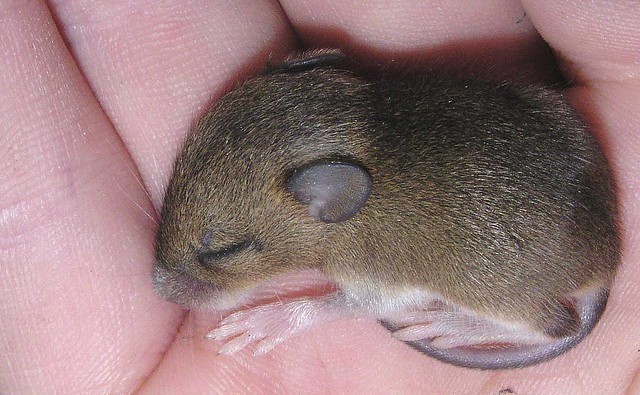In a surprising new study conducted by a team of researchers, a new technique to promote rejuvenation and anti-ageing has finally been discovered. According to the team, 'young blood' extracted from rats in their youth, when delivered into older rats using procedure known as parabiosis, was successful in reversing ageing and rejuvenating the muscles and brains of older rats.
This new discovery seems to be the ultimate breakthrough we were awaiting for years, and may be helpful in tackling several age-related disorders like Alzheimer's disease and heart disease as well.
It turns out, this research was actually based on years of speculation that 'young blood' contained certain substances that slowed down and reversed ageing. These speculations date back to the 1950s where a team of researchers led by Clive M. McCay from Cornell University used a procedure known as parabiosis, where rats were joined in pairs by stitching together the skin on their flanks in order to join their circulatory systems. This procedure made sure that the 'young blood' from the younger rat flowed into the older rat and vice versa.
Later, on performing necropsies, it was discovered that the cartilage of the old rats looked more youthful, and it was further speculated that stem cells, which were responsible for keeping the tissues vital and healthy, got the 'healthy' signals once they were bathed with 'young blood' from the younger rat.
"Instead of taking a drug for your heart and a drug for your muscles and a drug for your brain, maybe you could come up with something that affected them all," Amy J. Wagers, an associate professor at Harvard, explained.
The updated study, which is now published in the journals Science and Natural Medicine, have an updated report that a protein called GDF11, which is thankfully, also a part of human blood, may be responsible for the rejuvenating properties.
However, scientists may have to conduct a bit more in-depth study before using 'young blood' from humans to older individuals.



























